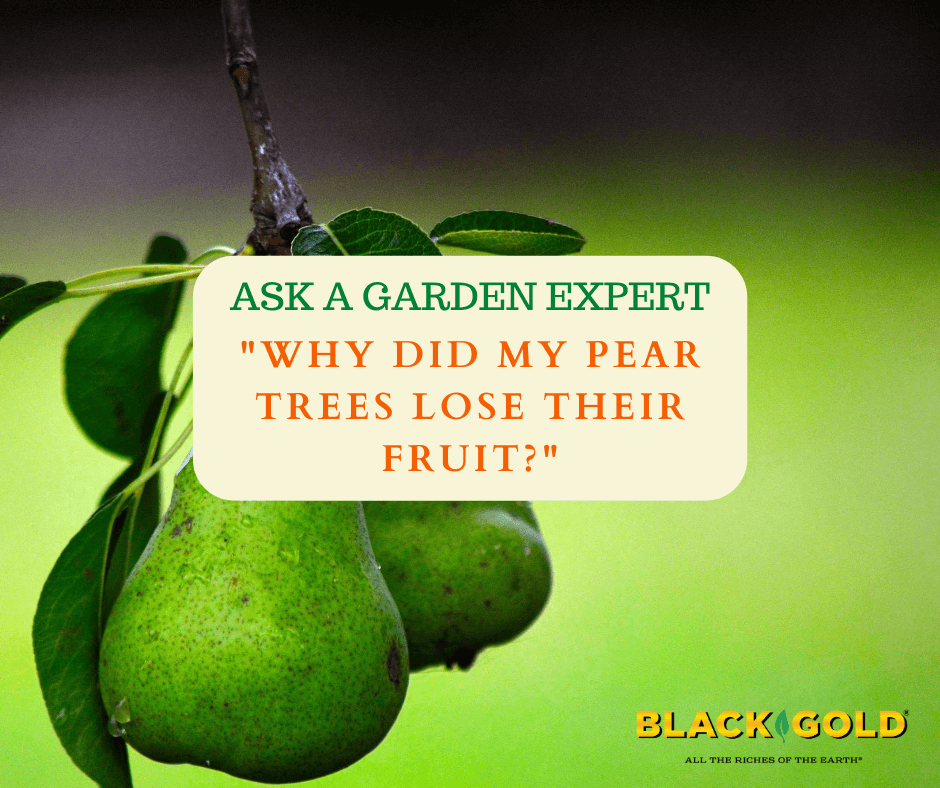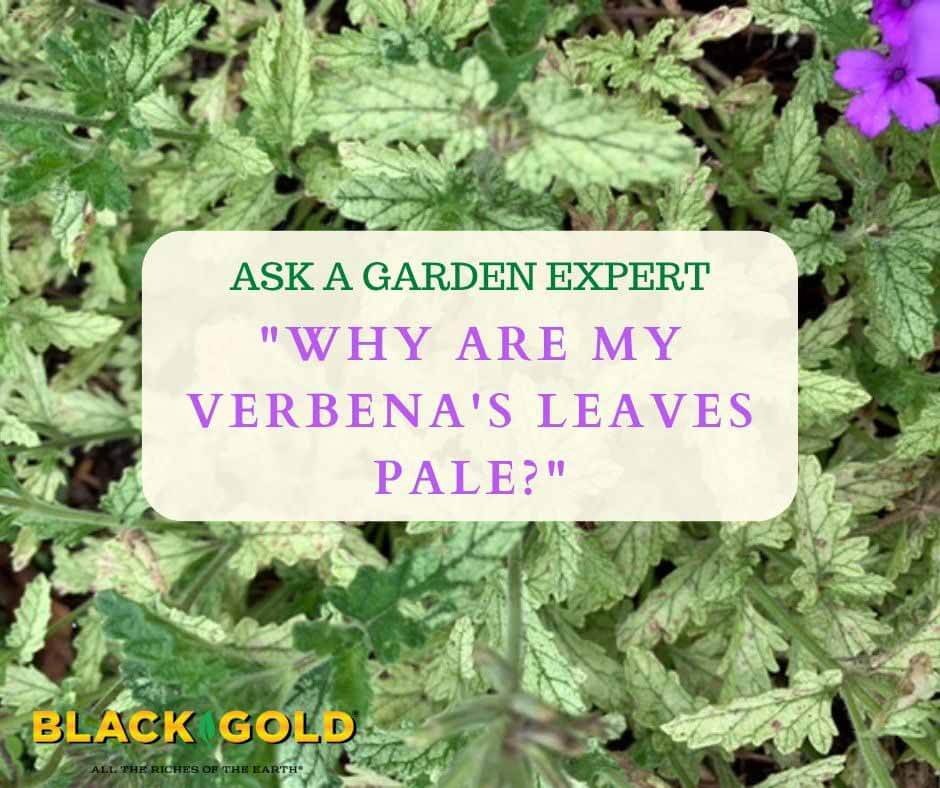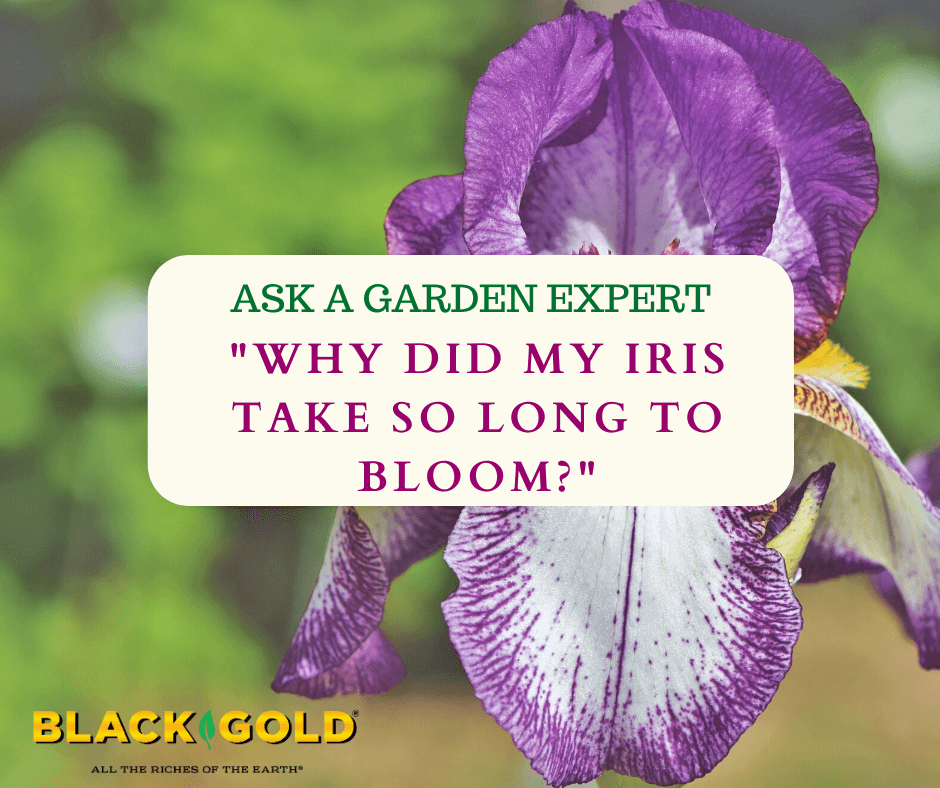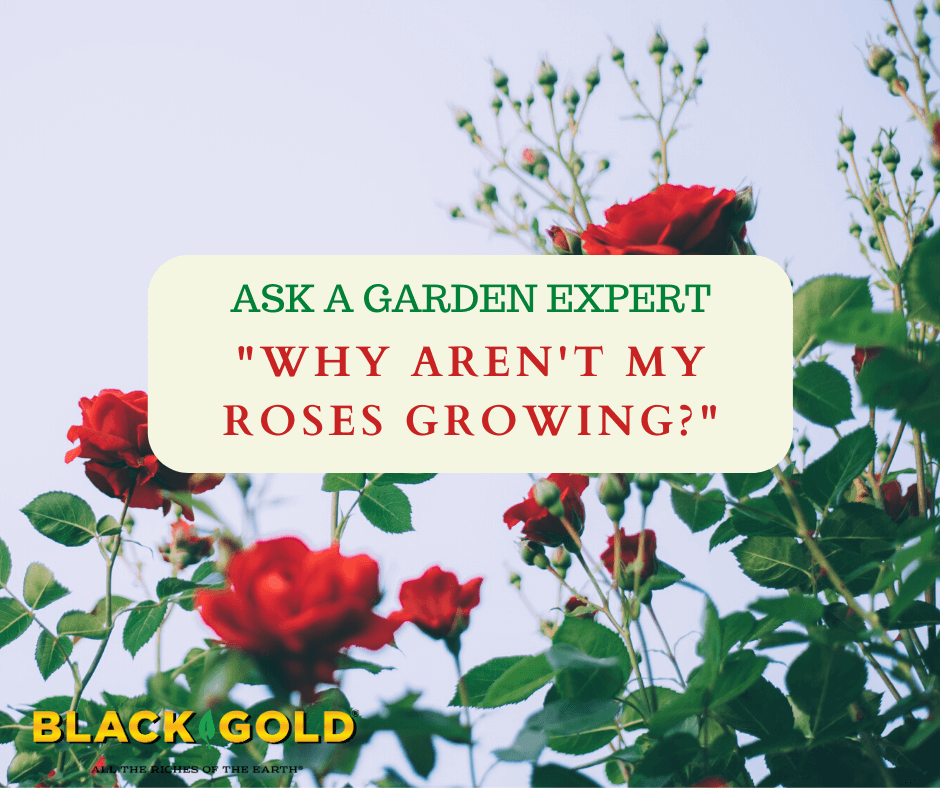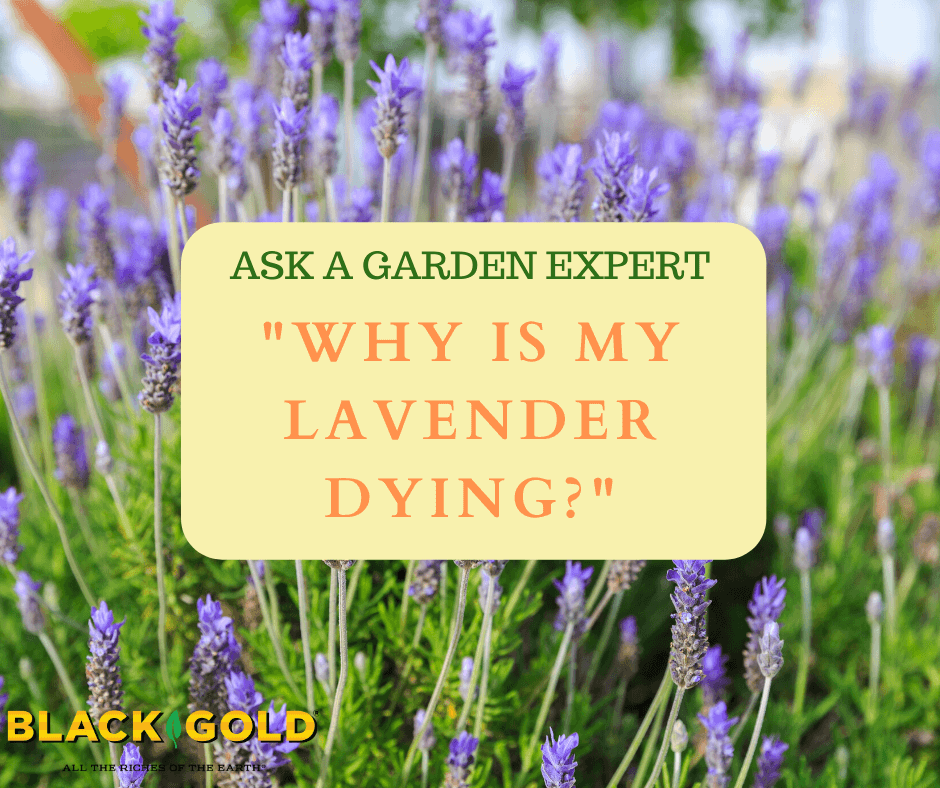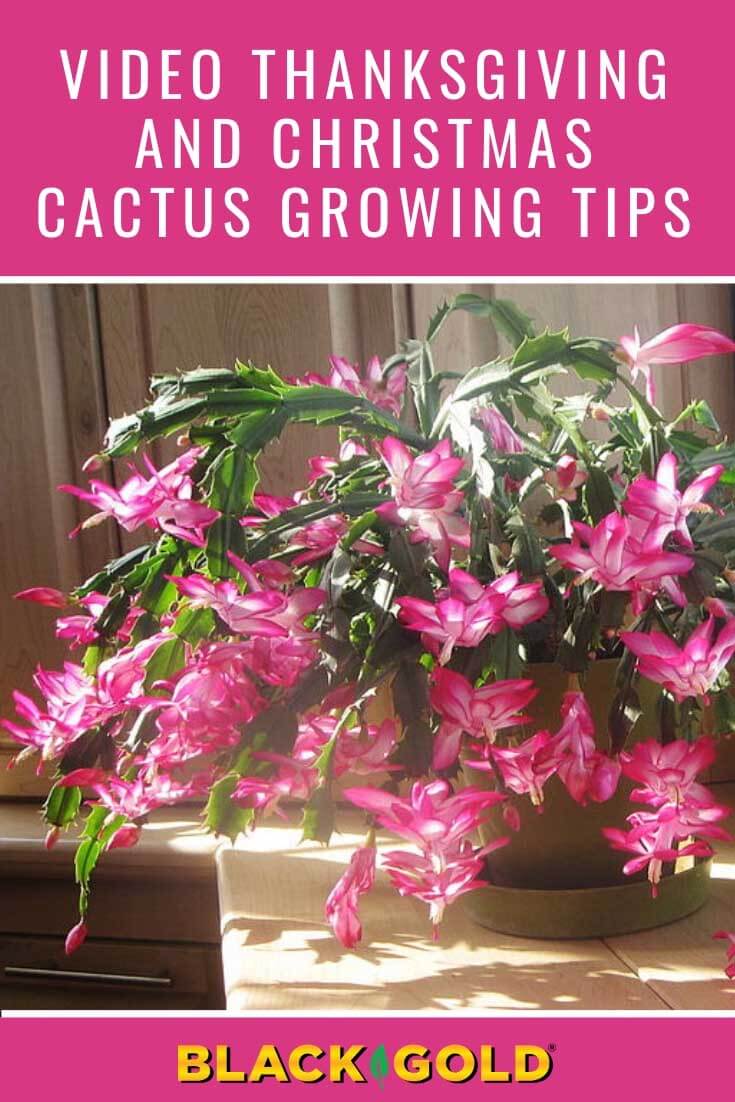“My butterfly bush was so rangy last year. How can I get it to be fuller and to attract more butterflies?” Question from Diane of Newark, Ohio
Answer: Several things can cause butterfly bushes (Buddleia davidii, USDA Hardiness Zones 5-9) can have flowering and vigor troubles. Here are the main culprets.
- Age: If your butterfly bush is an older specimen, it may be petering out. They are not the longest-lived shrubs, and as they age they often show less vigor and flowering. Many may only thrive for 10 or 20 years, or less. If it’s time to replant, I recommend that you try Proven Winner’s Lo & Behold® ‘Blue Chip’ butterfly bush. It’s sterile, so it does not become invasive, and it blooms nonstop all summer with wands of purplish-blue that draw lots of butterflies. It is also more compact, at 2.5 to 3 feet high. (Click here to discover more sterile varieties.)
- Light: Make sure your plants get full sun. Less light puts a damper on flowering.
- Soil: Well-drained average soil is best for butterfly bushes. If your soil has drainage issues or is heavy, then you may need to move or replace your plant.
- Pests: Various pests can reduce the vigor and flowering of butterfly bush. Tackling them early will help your plants perform better. (Click here to learn more about common pests.) Fortunately, butterfly bushes have few disease problems.
From there, click on this link to learn more about pruning and spring care.
Happy gardening,
Jessie Keith
Black Gold Horticulturist





